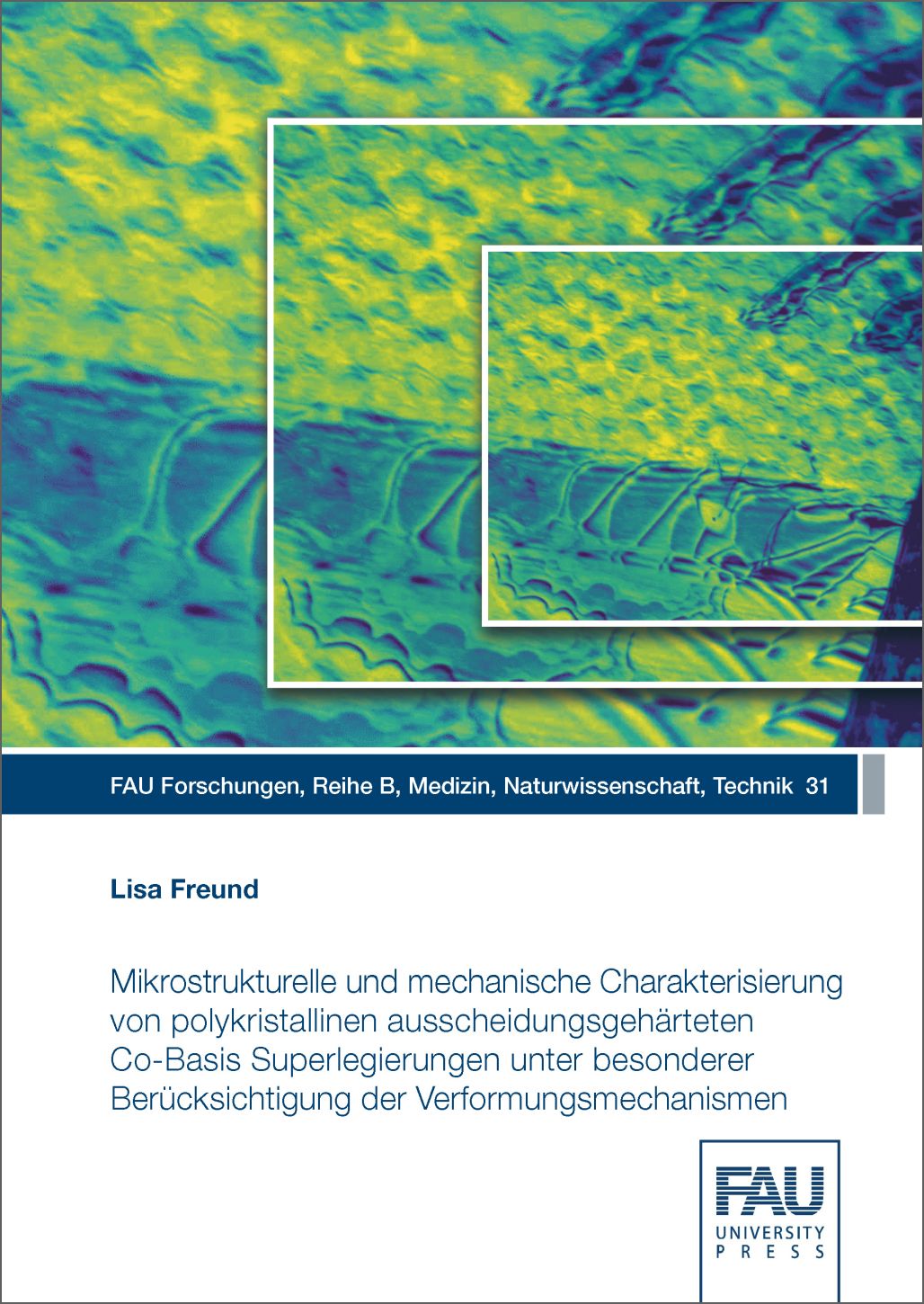Description
A series of application-oriented γ′ hardened Co-base cast-and-wrought superalloys was developed and analyzed in the course of this thesis. Optimized heat treatments led to the development of bi- or tridispersive γ/γ′ particle distributions in all alloys that result in high strength. The introduction of intermetallic phases at the grain boundaries stabilized the grain structure up to high application temperatures. The compression strength of the alloys was comparable to commercially available cast-and-wrought alloys. At temperatures above 750 °C, the Co-base superalloys proved to be even more stable than their Ni-base counterparts and provided even higher strength. In addition, the Co-base alloys exhibited excellent creep properties with minimum creep rates reduced by up to two orders of magnitude compared to Ni-base cast-and-wrought alloys. Investigations of the creep mechanisms revealed microtwinning as the dominating deformation mechanism prevailing in the Co-base alloys. High-resolution transmission electron microscopy could be used to identify single Shockley partial dislocations that lead to twin growth by segregation assisted slip along the twin boundary. A comprehensive analysis of several microstructural parameters like grain size, γ′ particle distribution and volume fraction and lattice mismatch as well as a chemical analysis of the composition of γ and γ′ phase allowed to evaluate the different hardening contributions in the alloys.


Reviews
There are no reviews yet.